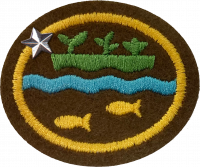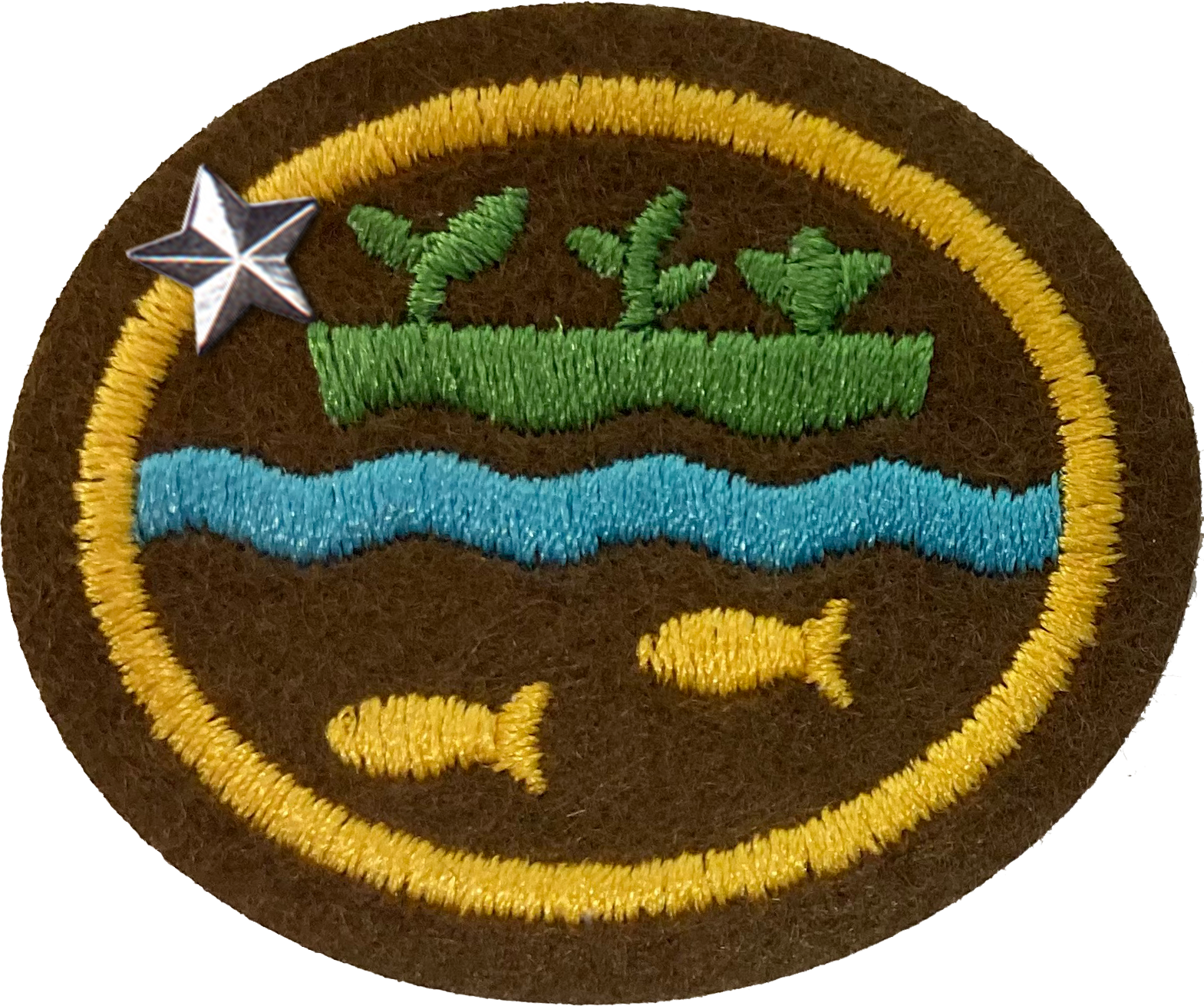Difference between revisions of "AY Honors/Hydroponics and Aquaponics - Advanced/Answer Key/es"
(Created page with "{{clear}}") |
(Created page with "{{clear}}") |
||
| Line 72: | Line 72: | ||
<!-- 5. Dibujar el ciclo de un sistema hidropónico y un sistema acuapónico. Describir las diferencias entre ambos sistemas. Usar sus dibujos para explicar por qué el sistema hidropónico requiere una estrecha vigilancia continua y el sistema acuapónico no. --> | <!-- 5. Dibujar el ciclo de un sistema hidropónico y un sistema acuapónico. Describir las diferencias entre ambos sistemas. Usar sus dibujos para explicar por qué el sistema hidropónico requiere una estrecha vigilancia continua y el sistema acuapónico no. --> | ||
| − | + | {{clear}} | |
| − | |||
| − | |||
<noinclude></noinclude> | <noinclude></noinclude> | ||
| Line 84: | Line 82: | ||
<!-- 6. Investigar los requisitos para la certificación ecológica. ¿Qué beneficios trae la certificación ecológica? --> | <!-- 6. Investigar los requisitos para la certificación ecológica. ¿Qué beneficios trae la certificación ecológica? --> | ||
| − | + | {{clear}} | |
| − | |||
| − | |||
| − | + | {{clear}} | |
| − | |||
| − | |||
| − | + | {{clear}} | |
| − | |||
| − | |||
<div lang="en" dir="ltr" class="mw-content-ltr"> | <div lang="en" dir="ltr" class="mw-content-ltr"> | ||
Revision as of 21:51, 30 November 2021
Nivel de destreza
2
Año
2021
Version
25.11.2024
Autoridad de aprobación
División Norteamericana
1
2
2a
Trace elements essential for proper plant growth. These include boron, chlorine, nickel, manganese, iron, zinc, copper, and molybdenum among others. Micronutrients are nutrients needed in smaller amounts. They are not necessarily smaller in particle size.
2b
Trace elements essential for proper plant growth. These include carbon, hydrogen, oxygen, nitrogen, phosphorus, potassium, calcium, magnesium, and sulfur. Macronutrients are nutrients needed in larger amounts. They are not necessarily larger in particle size.
2c
One of three forms of nitrogen found in soil, and the one that plants use the most for growth.
2d
Growing aquatic animals (fish, shellfish, etc.) or aquatic plants (plants grown for human food or plants such as algae, often used in biofuels) for human use. While aquaculture most often involves using either or both for food, it also includes the raising of fish, shellfish, and ornamental animals for aquariums, and seaweed for multiple purposes, among agriculture reasons.
3
4
5
6
2. Soil fertility and crop nutrients will be managed through tillage and cultivation practices, crop rotations, and cover crops, supplemented with animal and crop waste materials and allowed synthetic materials.
3. Crop pests, weeds, and diseases will be controlled primarily through management practices including physical, mechanical, and biological controls. When these practices are not sufficient, a biological, botanical, or synthetic substance approved for use on the National List may be used.
4. Operations must use organic seeds and other planting stock when available.
5. The use of genetic engineering, ionizing radiation and sewage sludge is prohibited.
7
Similar to the basic Hydroponics and Aquaponics honor, this requirement is to get you involved with the actual process of growing using these alternative methods. This time, however, you are comparing and contrasting hydroponics and aquaponics themselves, rather than comparing them against produce grown using standard-practice methods. This doesn't have to be complex. The major difference is the addition of fish in the aquaponics system, so consider starting an aquarium and running the water through your aquaponics system before returning it to your fish tank! Keep a record of the care you give to both the hydroponics and the aquaponics systems, and compare and contrast the harvests!
8


